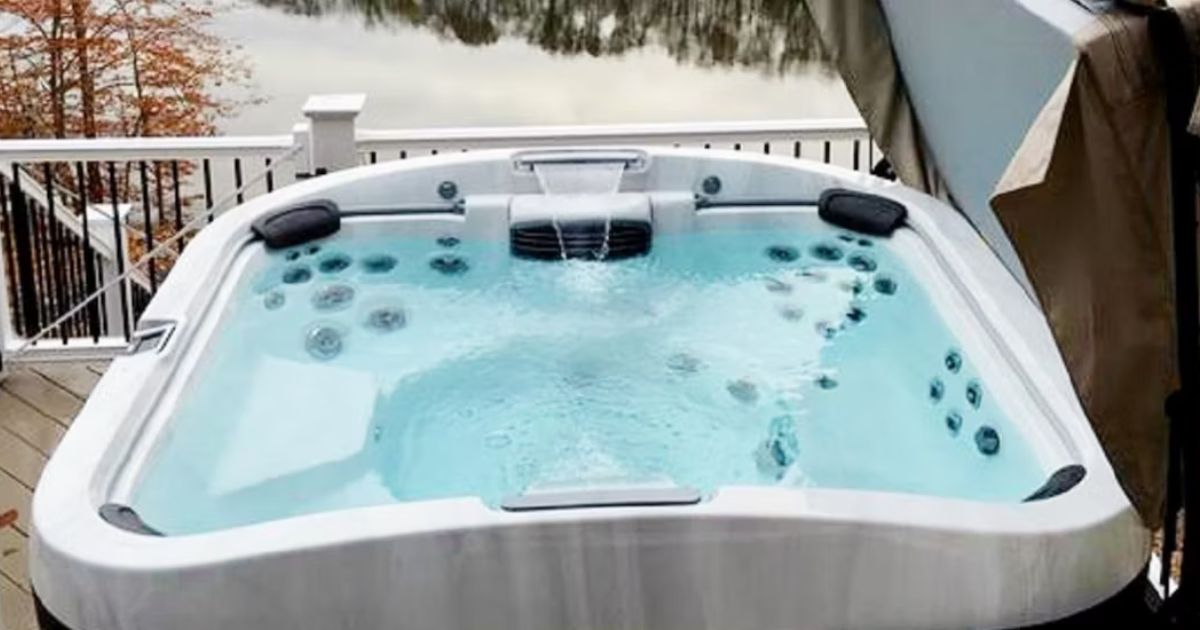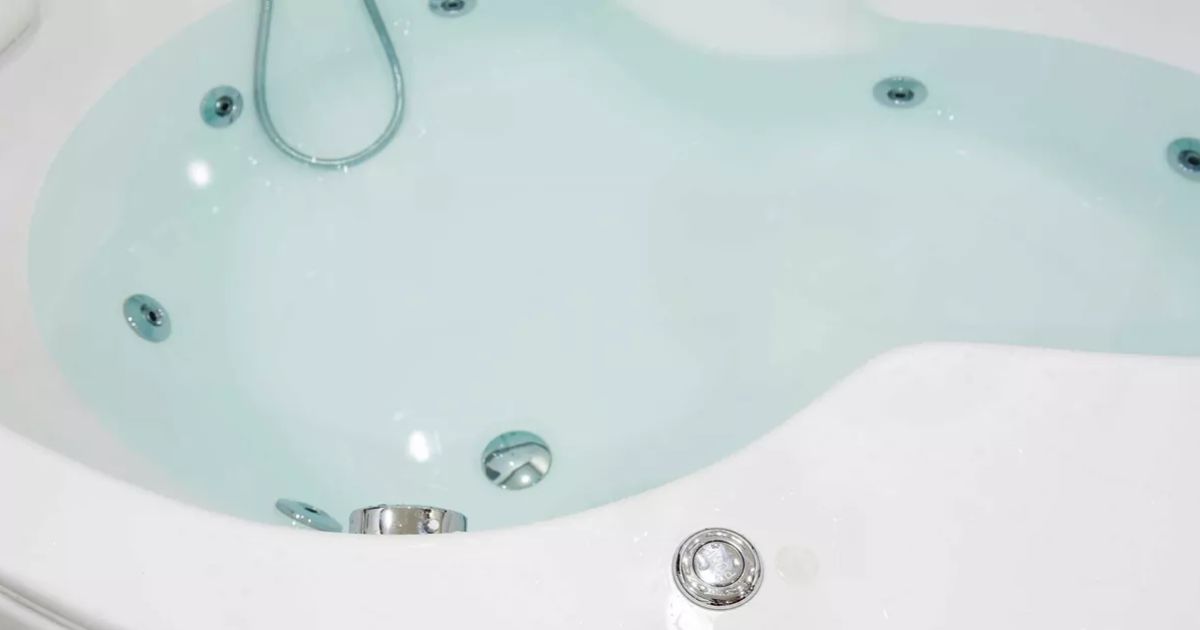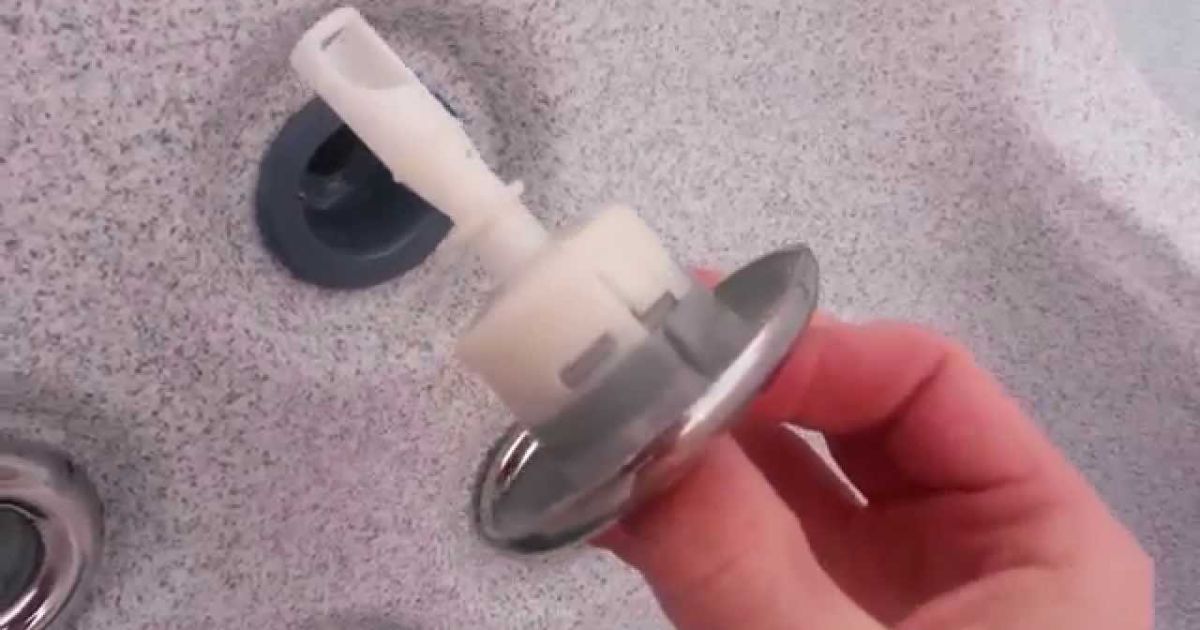When it comes to maintaining your Jacuzzi bathtub, removing the jet covers is an essential task. Whether you are looking to clean the jets or replace damaged covers, knowing how to remove them properly is crucial.
In this guide, we will walk you through the step-by-step process of removing Jacuzzi bathtub jet covers. By following these instructions, you can ensure the safety of your bathtub and extend its lifespan.
With the right tools and a methodical approach, you can easily remove the jet covers without causing any damage. So, let’s get started and learn the proper technique to remove Jacuzzi bathtub jet covers effectively.
Key Takeaways
- Gathering the necessary tools, such as a screwdriver and pliers, is essential for safe and efficient removal of Jacuzzi bathtub jet covers.
- Before starting the removal process, it is important to turn off the power to the bathtub by locating the correct breaker in the circuit breaker panel.
- Identifying the screws or clips holding the jet covers in place is crucial for the removal process. Thoroughly inspect the sides or bottom of the bathtub and use a flashlight if needed.
- Using the appropriate tools, such as a screwdriver or pliers, carefully remove the screws or unclip the covers. Handle them with care to avoid any damage.
Gather Necessary Tools
- Gather all the necessary tools to safely and efficiently remove Jacuzzi bathtub jet covers. To successfully remove the jet covers, you will need a few essential tools. Start by obtaining a screwdriver, preferably a Phillips head, to remove any screws securing the cover. Additionally, a pair of pliers or a wrench may be required to hold certain parts in place while you remove the cover. It is crucial to have these tools on hand before attempting to remove the Jacuzzi bathtub jet covers.
Turn off the Power to the Bathtub

To ensure safety, it is important to turn off the power to the Jacuzzi bathtub before attempting to remove the jet covers. Follow these steps to turn off the power:
- Locate the circuit breaker panel and identify the breaker that controls the Jacuzzi bathtub.
- Flip the switch to the “off” position to cut off the power supply.
- Double-check that the power is truly off by testing the controls and ensuring they do not turn on.
Locate the Screws or Clips Holding the Jet Covers in Place
To locate the screws or clips holding the jet covers in place, start by examining the sides or bottom of the Jacuzzi bathtub. Look for any visible screws or clips that may be securing the jet covers.
These screws or clips are typically located near the edges of the covers. Use a flashlight if necessary to ensure a thorough inspection. Once you have located the screws or clips, you can proceed with the removal process.
Use a Screwdriver or Pliers to Remove the Screws or Unclip the Covers
To remove the screws or unclip the covers, use a screwdriver or pliers. Follow these steps to ensure a smooth removal process:
- Locate the screws or clips holding the covers in place.
- If using a screwdriver, insert the appropriate size into the screw head and turn counterclockwise to loosen and remove the screws.
- If using pliers, grip the cover firmly and squeeze or pull to unclip it from its position.
Remember to handle the screws or clips with care to avoid damaging the covers or bathtub surface.
Carefully Lift off the Jet Covers
To carefully lift off the jet covers, gently grasp the edges of the covers and lift them upward. Ensure a firm grip to prevent any accidental damage. Once the covers are removed, place them aside in a safe location. Here is a table that provides an overview of the steps involved in removing the jet covers:
| Step | Instructions |
|---|---|
| 1. | Turn off the power supply to the bathtub. |
| 2. | Locate the screws or clips securing the covers. |
| 3. | Use a screwdriver or pliers to remove the screws or unclip the covers. |
| 4. | Carefully lift off the jet covers by grasping the edges. |
Now that the jet covers have been safely removed, it’s time to move on to the next step: cleaning the jet covers and the jets themselves.
Clean the Jet Covers and the Jets Themselves
After safely removing the jet covers, the next step is to clean both the jet covers and the jets themselves. Here is a step-by-step guide to effectively clean them:
- Fill a bucket with warm water and add a mild detergent.
- Use a soft cloth or sponge to gently scrub the jet covers, removing any dirt or grime.
- For the jets themselves, use a small brush or toothbrush to clean the inside, paying special attention to any buildup or debris.
Inspect for Any Damage or Wear
During the inspection, carefully examine the jet covers and jets for any signs of damage or wear on Jacuzzi Bathtub. Inspecting for damage or wear is crucial to ensure the proper functioning of your Jacuzzi bathtub.
Take note of any cracks, chips, or discoloration on the jet covers, as these can affect their performance. Similarly, inspect the jets themselves for any signs of corrosion or blockage. Use the table below to record your findings and identify any areas that need repair or replacement.
| Jet Covers | Jets |
|---|---|
| – Cracks | – Corrosion |
| – Chips | – Blockage |
| – Discoloration |
Replace Any Damaged or Worn Jet Covers
Upon completing the inspection for any damage or wear on the jet covers and jets, the next step is to address and replace any covers that are found to be damaged or worn. To ensure the proper replacement of damaged or worn jet covers, follow these steps:
- Identify the specific type and size of the damaged or worn jet cover.
- Purchase a replacement cover that matches the specifications of the original cover.
- Carefully remove the damaged or worn jet cover and install the new cover, ensuring a secure fit.
Reinstall the Jet Covers by Reversing the Removal Process
To properly reinstall the jet covers, follow the reverse procedure from the previous subtopic, ensuring a secure fit and maintaining the professional style of writing. Start by aligning the holes on the cover with the corresponding jets.
Gently push the cover into place until it snaps securely. Use a screwdriver to tighten the screws evenly in a diagonal pattern. Finally, wipe off any excess water or debris and enjoy your newly reinstalled jet covers.
| Step | Procedure |
|---|---|
| 1 | Align the holes on the cover with the corresponding jets |
| 2 | Gently push the cover into place until it snaps securely |
| 3 | Tighten the screws evenly in a diagonal pattern using a screwdriver |
Test the Jets to Ensure They Are Working Properly

To assess the functionality of the jets, conduct a test to ensure they are operating properly. Here are three steps to help you test your Jacuzzi bathtub jets:
- Fill the tub with water to the desired level.
- Turn on the jets and observe their performance. Look for strong water flow and consistent pressure.
- Check for any unusual noises or vibrations. If you notice any issues, consult a professional for further inspection and repair.
FAQ’s
How Do I Clean the Jet Covers and the Jets Themselves?
To clean Jacuzzi bathtub jet covers and the jets themselves, start by removing the covers using the appropriate tools. Then, use a mild cleaning solution and a soft brush to scrub away any dirt or buildup. Rinse thoroughly before replacing the covers.
What Should I Do if I Notice Any Damage or Wear on the Jet Covers?
If damage or wear is noticed on the jet covers, it is crucial to address the issue promptly. Consult the manufacturer’s guidelines for specific instructions on repair or replacement to ensure the continued functionality and aesthetic appeal of the Jacuzzi bathtub.
Can I Use a Different Tool Instead of a Screwdriver or Pliers to Remove the Screws or Unclip the Covers?
When removing Jacuzzi bathtub jet covers, it is recommended to use a screwdriver or pliers to remove the screws or unclip the covers. Using alternative tools may cause damage or compromise the integrity of the covers.
Conclusion
In conclusion, removing jacuzzi bathtub jet covers is a simple process that can be done with the right tools and careful attention. By following the steps outlined in this article, individuals can easily inspect and replace any damaged or worn jet covers. It is important to ensure that the power is turned off before beginning the process and to test the jets afterwards to ensure they are working properly.








